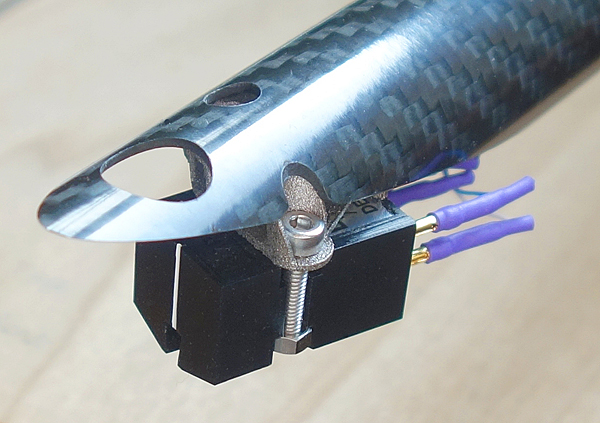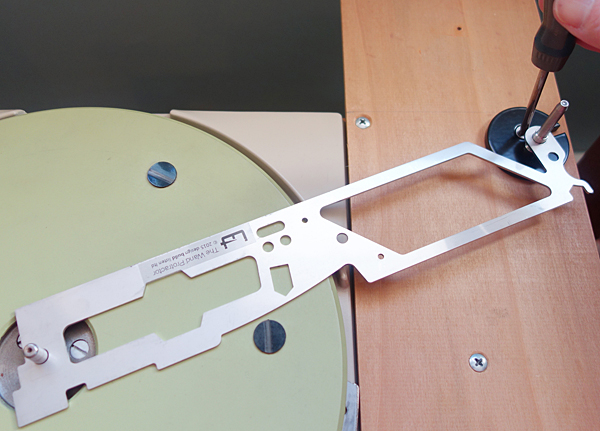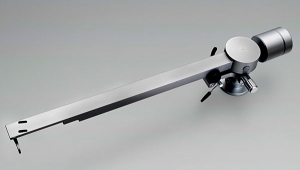| Columns Retired Columns & Blogs |
... the installation and performance of "The Wand" with that of the similarly priced Pro-Ject 12cc Evolution tonearm.
https://www.project-audio.com/en/product/12cc-evolution/
Said review will incorporate a new metric - the "huff factor" - to help quantify the degree of difficulty encountered while installing and operating a given piece of equipment. A relatively higher number of huffs indicates that proportionally more obstacles and frustration were encountered with the use of a particular component. In this case, The Wand tonearm has achieved a rating of 6 Huffs.












































